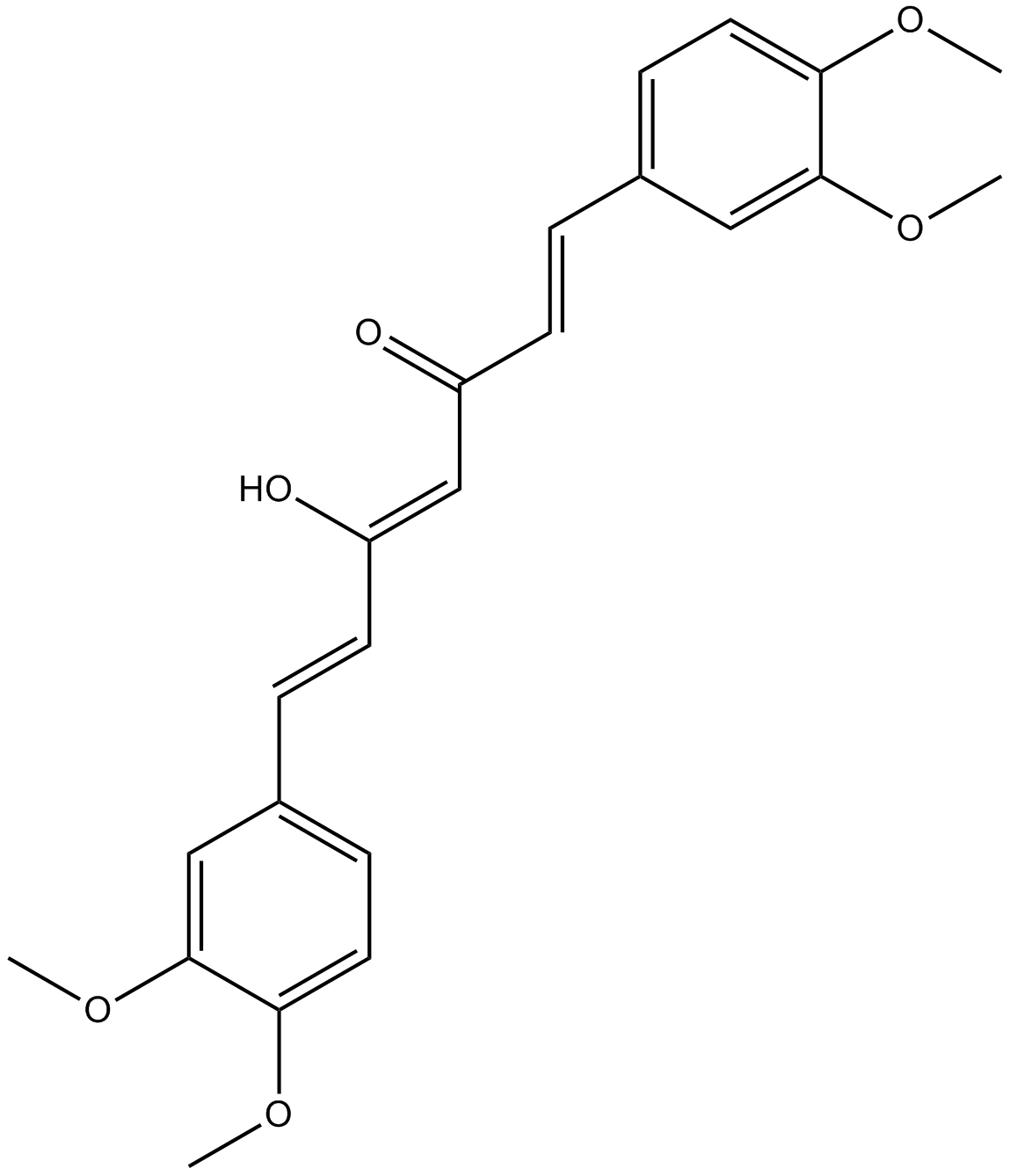ASC-J9 |
| Catalog No.GC10547 |
A selective enhancer of AR degradation
Products are for research use only. Not for human use. We do not sell to patients.

Cas No.: 52328-98-0
Sample solution is provided at 25 µL, 10mM.
ASC-J9, is antitumor agent. ASC-J9 suppresses castration-resistant prostate cancer growth via degradation of full-length and splice variant androgen receptors targeting both fAR- and AR3-mediated PCa growth by ASC-J9 may represent the novel therapeutic approach to suppress castration-resistant PCa. ASC-J9 ameliorates spinal and bulbar muscular atrophy phenotype via degradation of androgen receptor.
The androgen receptor (AR) is a type of nuclear receptor that is activated by binding either of the androgenic hormones, testosterone, or dihydrotestosterone in the cytoplasm and then translocating into the nucleus. [1]The binding of an androgen to the androgen receptor(AR) results into a conformational change, in turn, which causes dissociation of HSP, transport from the cytosol into the cell nucleus, and dimerization. The AR dimer binds to a specific sequence of DNA known as HRE which can interact with other proteins in the nucleus, leading to up-regulation or down-regulation of specific gene transcription.[2]
ASC-J9, the AR degradation enhancer, suppressed both macrophage migration and subsequent PCa cell invasion. Additionally, ASC-J9 can regulate pSTAT3-CCL2 signaling using two pathways: an AR-dependent pathway via inhibiting PIAS3 expression and an AR-independent pathway via direct inhibition of the STAT3 phosphorylation/activation through mouse model in vivo with orthotopically injected TRAMP-C1 cells. In conclusion,a new and better therapeutic strategies using ASC-J9 alone or a combinational therapy that simultaneously targets androgens/AR signaling and PIAS3-pSTAT3-CCL2 signaling to better battle PCa growth and metastasis at castration-resistant stage.[3]
References:
1. Lu NZ. et al. "International Union of Pharmacology. LXV. The pharmacology and classification of the nuclear receptor superfamily: glucocorticoid, mineralocorticoid, progesterone, and androgen receptors". Pharmacol. Rev. 2006, 58 (4): 782–97.
2. Heemers HV, Tindall DJ. "Androgen receptor (AR) coregulators: a diversity of functions converging on and regulating the AR transcriptional complex". Endocr. Rev. 2007, 28 (7): 778–808.
3. Lin TH. et al. “Anti-androgen receptor ASC-J9 versus anti-androgens MDV3100 (Enzalutamide) or Casodex (Bicalutamide) leads to opposite effects on prostate cancer metastasis via differential modulation of macrophage infiltration and STAT3-CCL2 signaling.” Cell Death
Dis. 2013,4:e764
.Average Rating: 5 (Based on Reviews and 30 reference(s) in Google Scholar.)
GLPBIO products are for RESEARCH USE ONLY. Please make sure your review or question is research based.
Required fields are marked with *




















